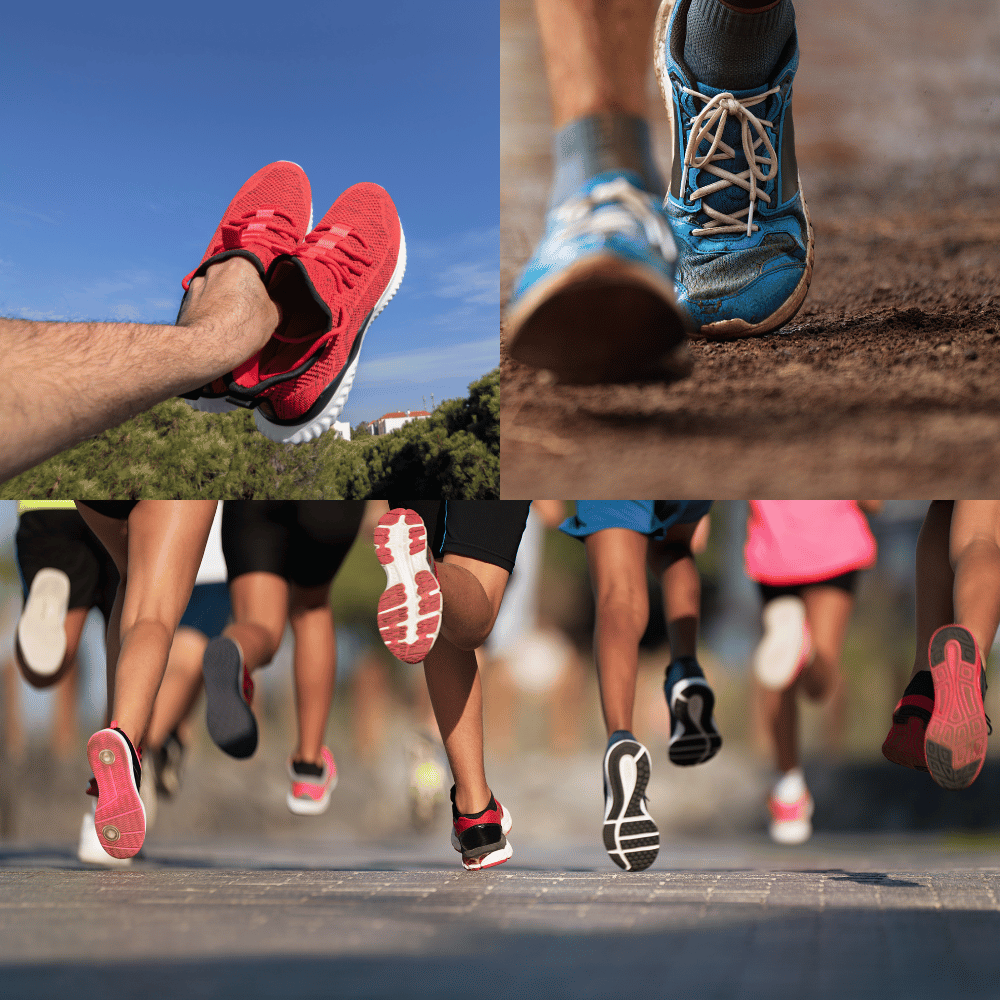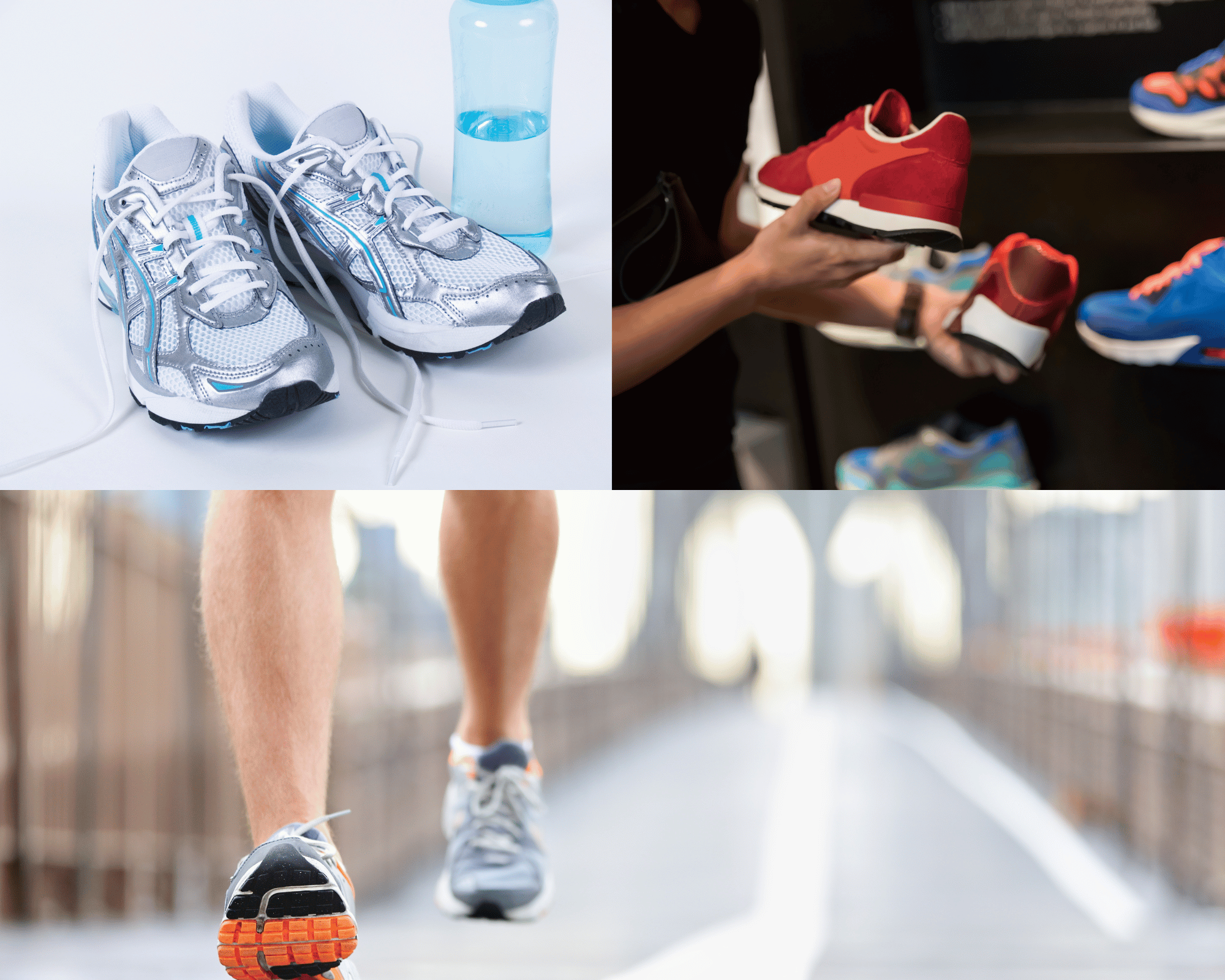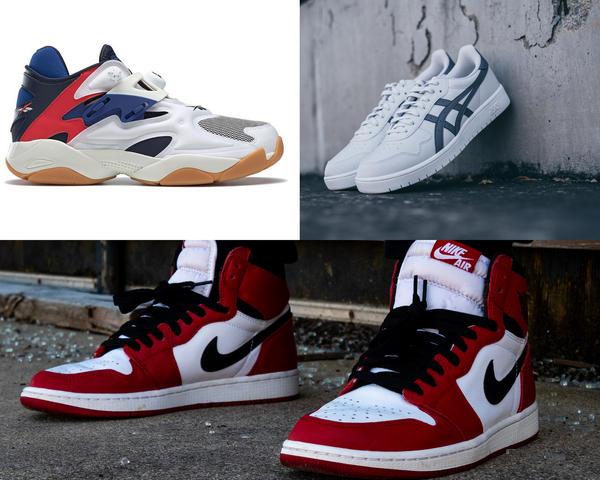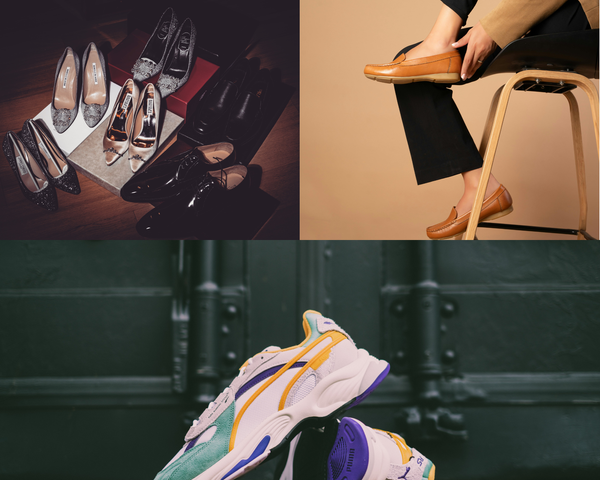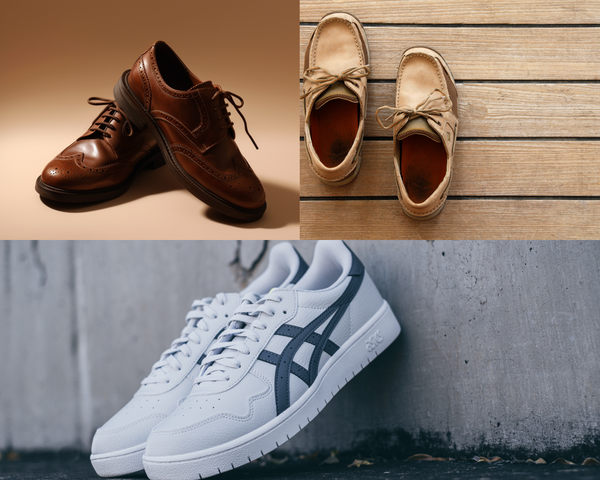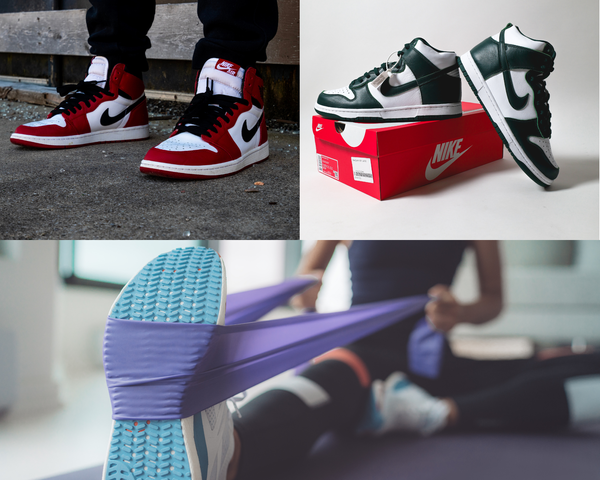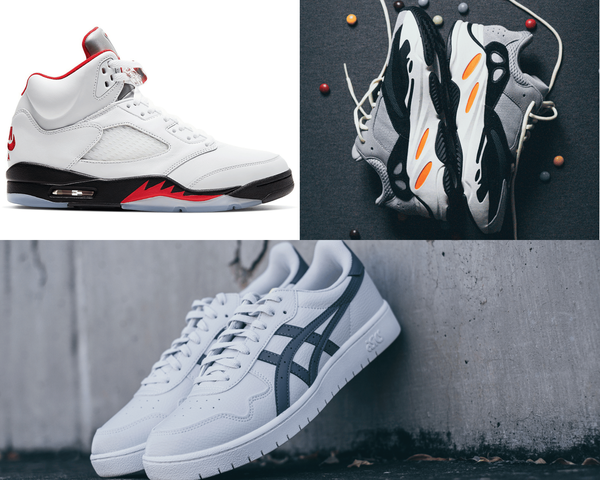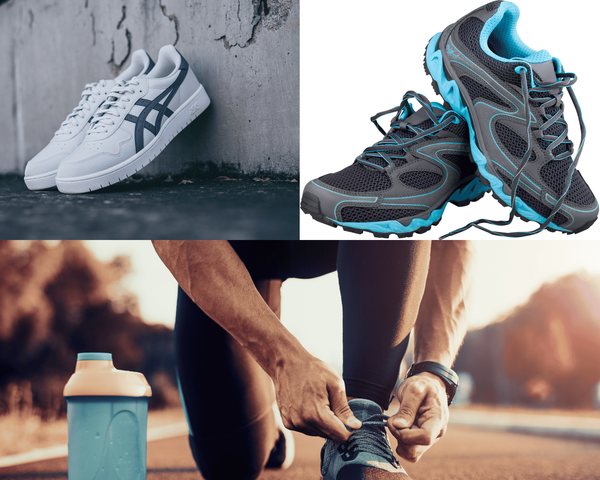Morton's neuroma is a painful condition affecting the ball of your foot, most commonly between the third and fourth toes. It feels like you're standing on a pebble in your shoe or on a fold in your sock. This condition is caused by a thickening of the tissue around one of the nerves leading to your toes. The pain can be sharp, burning, or even cause numbness in the toes.
Key Takeaways:
- Comfort and Support are Paramount: Prioritize shoes with ample cushioning and arch support to alleviate pressure on the foot.
- Wide Toe Box is Essential: A spacious toe box can prevent irritation and provide relief for those suffering from Morton's neuroma.
- Material Matters: Opt for breathable and flexible materials to enhance comfort and reduce foot stress.
Understanding Morton's Neuroma
Morton's neuroma is a painful condition affecting the ball of your foot, most commonly between the third and fourth toes. It feels like you're standing on a pebble in your shoe or on a fold in your sock. This condition is caused by a thickening of the tissue around one of the nerves leading to your toes. The pain can be sharp, burning, or even cause numbness in the toes.
For those who love running, dealing with Morton's neuroma can be a real thorn in the side. The right pair of running shoes can make a world of difference, providing the necessary support and comfort to keep you on your feet without discomfort. This buying guide for Morton's neuroma shoes will help you make an informed decision.
Importance of Proper Footwear
Choosing the right footwear is crucial for anyone, but it's especially important for those with Morton's neuroma. The wrong shoes can exacerbate the condition, leading to increased pain and discomfort. Proper footwear can help distribute weight evenly across the foot, reducing pressure on the affected nerve.
When selecting running shoes, look for features that offer support and cushioning. A shoe with a wide toe box, for instance, can prevent the toes from being squeezed together, which is a common trigger for neuroma pain. Additionally, shoes with good arch support can help maintain proper foot alignment, reducing stress on the foot.
Features to Look for in Running Shoes
When shopping for running shoes to accommodate Morton's neuroma, there are several key features to consider. First, ensure the shoe has a wide toe box. This allows your toes to spread naturally, reducing pressure on the neuroma. Second, look for shoes with ample cushioning, particularly in the forefoot area, to absorb shock and reduce impact.
Another important feature is arch support. A shoe with good arch support can help maintain the natural alignment of your foot, reducing strain on the neuroma. Additionally, consider shoes made from breathable materials to keep your feet cool and comfortable during runs.
The Role of Cushioning
Cushioning plays a vital role in alleviating the discomfort associated with Morton's neuroma. Shoes with adequate cushioning can absorb the impact of each step, reducing the stress on the foot. This is particularly important for runners, as the repetitive impact can exacerbate the condition.
When evaluating cushioning, consider both the material and the placement. Gel or foam cushioning in the forefoot can provide targeted relief, wearing shoes, morton's neuroma shoes, while overall cushioning throughout the shoe can enhance comfort. Remember, the goal is to reduce pressure on the neuroma and provide a comfortable running experience.
Importance of a Wide Toe Box
A wide toe box is essential for anyone dealing with Morton's neuroma. It allows the toes to spread naturally, reducing pressure on the affected nerve. Shoes with a narrow toe box can squeeze the toes together, exacerbating the condition and causing additional pain.
When trying on shoes, pay attention to how your toes feel. They should have enough room to move freely without feeling cramped. A wide toe box can also help prevent other foot issues, such as bunions or hammertoes, which can further complicate the condition.
Arch Support and Stability
Arch support is another critical factor to consider when buying running shoes for Morton's neuroma. Proper arch support helps maintain the natural alignment of your foot, reducing strain on the neuroma. It also provides stability, which is essential for preventing injuries during runs.
Look for shoes with built-in arch support or consider using orthotic inserts for additional support. Stability features, such as a firm heel counter, can also help keep your foot in place, reducing unnecessary movement that can aggravate the neuroma.
Material and Breathability
The material of the shoe can significantly impact comfort, especially for those with Morton's neuroma. Breathable materials, such as mesh or knit, can keep your feet cool and dry, reducing the risk of irritation. Flexible materials can also accommodate any swelling or changes in foot shape throughout the day.
When selecting shoes, consider the climate and conditions in which you'll be running. Breathable materials are ideal for warmer weather, flat shoes, flat feet, wearing high heels, metatarsal pad,
while water-resistant options may be better for rainy or wet conditions. The right material can enhance comfort and prevent additional foot issues.
Lightweight Design
A lightweight shoe can make a significant difference for runners with Morton's neuroma. Heavy shoes can add unnecessary strain to the foot, exacerbating the condition. Lightweight designs, on the other hand, can reduce fatigue and enhance performance.
When evaluating shoes, consider the overall weight and how it feels on your foot. A shoe that feels light and comfortable can help you maintain your stride and reduce the risk of pain or injury. Remember, the goal is to find a shoe that supports your foot without weighing you down.
Flexibility and Motion Control
Flexibility is another important factor to consider when buying running shoes for Morton's neuroma. A flexible shoe can accommodate the natural movement of your foot, reducing strain on the neuroma. However, it's also important to have some degree of motion control to prevent excessive movement that can lead to injury.
Look for shoes that offer a balance of flexibility and support. A shoe that bends easily at the forefoot but provides stability in the midfoot and heel can offer the best of both worlds. This combination can help you maintain a natural stride while reducing the risk of pain or injury.
Trying Shoes On: What to Look For third and fourth toes
When trying on running shoes, there are several things to keep in mind. First, make sure the shoes fit properly. They should be snug but not tight, with enough room in the toe box for your toes to move freely. Walk around in the shoes to ensure they feel comfortable and supportive.
Pay attention to any areas of discomfort or pressure. If the shoes feel tight or cause pain, they may not be the right fit for you. Remember, the goal is to find a shoe that provides comfort and support, reducing the risk of aggravating the neuroma.
Popular Brands for Morton's Neuroma roomy toe box
Several brands are known for producing shoes that accommodate Morton's neuroma. Brands like New Balance, Brooks, and ASICS offer models with wide toe boxes, ample cushioning, and good arch support. These features can help alleviate the discomfort associated with the condition.
When exploring different brands, consider trying on multiple models to find the best fit for your foot. Each brand may offer different features and fits, spacious toe box, arch support, so it's important to find the one that works best for you. Don't be afraid to ask for recommendations or read reviews to get a sense of what others have found helpful.
Custom Orthotics: A Worthwhile Investment?
For some individuals, custom orthotics can provide additional relief from Morton's neuroma. These inserts are designed to fit your foot's unique shape, providing targeted support and cushioning. While they can be an investment, they may be worth considering if you're struggling to find relief with standard shoes.
Consult with a podiatrist or orthopedic specialist to determine if custom orthotics are right for you. They can assess your foot and recommend the best options for your needs. Remember, the goal is to find a solution that provides comfort and support, allowing you to continue running without pain.
Budget Considerations best running shoes buying guide morton's neuroma
When buying running shoes for Morton's neuroma, it's important to consider your budget. While it's tempting to go for the cheapest option, investing in a quality pair of shoes can make a significant difference in your comfort and performance. Look for shoes that offer the features you need without breaking the bank.
Consider shopping during sales or looking for discounts online to find a good deal. Remember, high heeled shoes, foot pain, athletic shoes the right pair of shoes can be an investment in your health and well-being, so it's worth spending a little extra to find the perfect fit.
Maintenance and Care narrow toe box
Proper maintenance and care can extend the life of your running shoes and ensure they continue to provide the support you need. Regularly clean your shoes to remove dirt and debris, and allow them to air out after each run to prevent odors.
Inspect your shoes regularly for signs of wear and tear. If the cushioning or support begins to degrade, it may be time to replace them. Remember, worn-out shoes can exacerbate Morton's neuroma, so it's important to keep them in good condition.
Summary
Finding the right running shoes for Morton's neuroma can be a game-changer for those dealing with this painful condition. By prioritizing features like a wide toe box, ample cushioning, and good arch support, you can reduce discomfort and continue enjoying your runs. Remember to consider factors like material, weight, and flexibility when making your decision. With the right pair of shoes, you can keep moving forward without pain.
FAQ
Q1: Can I use regular running shoes for Morton's neuroma?
A1: While regular running shoes may provide some relief, it's important to choose shoes specifically designed to accommodate Morton's neuroma. Look for features like a wide toe box, ample cushioning, and good arch support to reduce discomfort.
Q2: How often should I replace my running shoes?
A2: It's generally recommended to replace running shoes every 300-500 miles, depending on the wear and tear. Regularly inspect your shoes for signs of degradation, such as worn-out cushioning or support, and replace them as needed.
Q3: Are custom orthotics necessary for Morton's neuroma?
A3: Custom orthotics can provide additional relief for some individuals, but they may not be necessary for everyone. Consult with a specialist to determine if orthotics are right for you and consider trying shoes with built-in support first.
